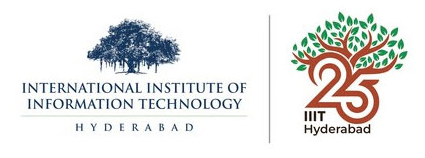

The IAStructE – IIIT Hyderabad student chapter of the Earthquake Engineering Research Centre organized a Keynote Lecture on 14th September 2024. The lecture, titled “Structure as Architectural Interposition” was attended by postgraduates and research students, faculty members, industry people, and architects across India and abroad.
Dr. Er. Ar. S. P. Anchuri, chief consultant, Anchuri and Anchuri, Hyderabad, delivered the lecture. The lecture began with the speaker highlighting the need for modern structures to transition from conventional human-centered to nature-centered designs for positive ecological gains, i.e., regenerative architecture, which is the need of the hour in modern construction and design practices. An introduction to various aspects of building design, such as colour, textures, orientations and placement of structure-enhancing components, followed this. Building envelopes, which are a key structural component of architectural design, were covered extensively. They refer to the physical barrier between the interior and exterior of a structure. This includes all the components that separate indoor environments from the outdoors, such as walls, roofs, windows, doors, foundations, and sometimes floors. Finally, the speaker drew attention to the critical interdependence of architecture and structure, demonstrating how this relationship dictates both form and function. The lecture included examples where inspiration from nature has led to innovative and sustainable designs. The use of organic shapes, cellular structures, and natural processes in architectural planning were presented as ways to harmonize human-made structures with their environment. In conclusion, Dr. Anchuri highlighted the need for architects to view structures as living systems, encouraging the fusion of technical knowledge with nature-inspired designs to achieve resilient, sustainable, and aesthetically pleasing buildings. In the end, he also emphasized that there is a dire need for both structural engineers and architects to work in a collaborative way, where both can understand and appreciate their roles in constructing the future infrastructure.

Visitors Count